Editor’s Note: The author, Jamie Sherry, is the school district’s instructional leader of social studies K-12.
MONROE, CT — In the early ’60s, many Cubans feared their country’s dictator Fidel Castro would terminate parental rights and place children in communist indoctrination centers. This sparked Operation Peter Pan, a clandestine exodus of over 14,000 unaccompanied minors to the United States from 1960 to 1962.
Juan Espinosa, who was a participant of this historic operation, shared stories of his experience during a Zoom presentation with Jockey Hollow Middle School students on Friday, Jan. 13. His daughter, Jaime Crenwick, a sixth-grade teacher at Jockey Hollow, organized the event.
The main campus’s entire sixth grade class gathered in the school auditorium to hear Espinosa’s story and students had an opportunity to ask questions.
Operation Peter Pan or Pedro Pan, as it is known in Cuba, was a collaboration between Catholic Charities of Miami and the U.S. State Department. It began after Fidel Castro came to power and was available to all Cuban families who wished to emigrate out of concern for their future under the new government.
The children who emigrated to the U.S. ranged in ages from four to 16. Espinosa was just 11-years-old when he and his brother took their flight from Havana to Miami.
In the presentation, he talked about life at the Air Force base camp he was brought to and explained that he and his brother were part of a lucky few who were quickly reunited with their parents. His mother came only a few weeks later and his father was able to emigrate shortly after. This was not the case for many “Peter Pans” who never saw their parents again.
After the presentation, many students raised their hands to ask thoughtful questions. They wanted to know about life in Cuba before Espinosa left, the events of his last day there, and even what he packed.
Espinosa recounted how there were strict guidelines for what they could take. There were only a few items of clothing and anything not on the list was confiscated. Money that his father had given him was taken.
“What was the biggest lesson you learned through your experience?” one student asked.
Espinosa spoke of several things including self reliance and knowing of the people around you who care about you. He told the students to “learn the importance of an education”, adding learning is the key to success and to always strive be lifelong learners.
He ended the talk with stories about the few times he has returned to Cuba, the changes he noticed, and the opportunities he has had to help some Cubans with business and entrepreneurial opportunities.
Espinosa’s story gave students an opportunity to enhance their learning during their study of North America, the Caribbean, and other island nations in social studies.
Students had just finished learning about Haiti and drew comparisons between that nation and Cuba. We are grateful for the opportunity to hear the stories from the people who lived through historical events.

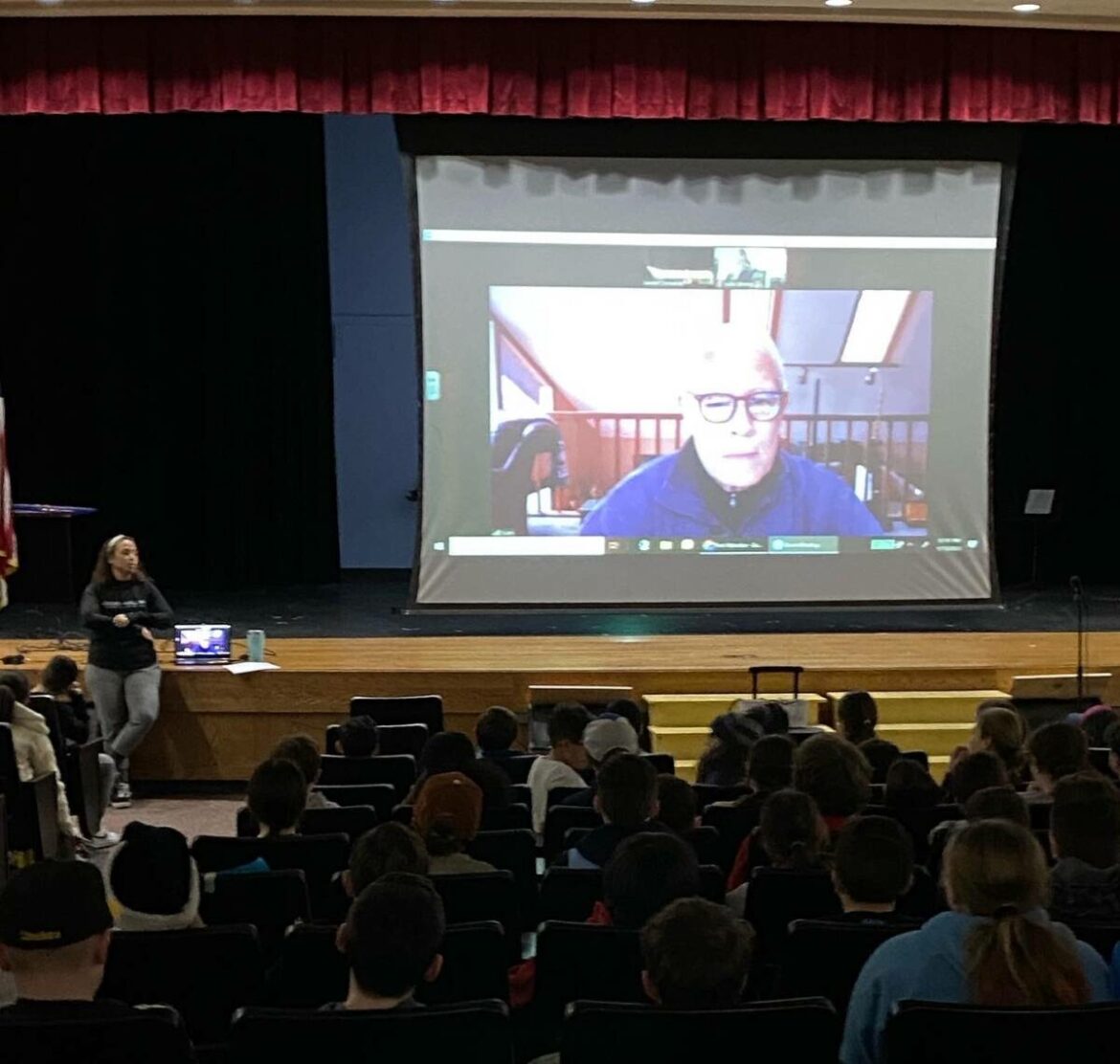

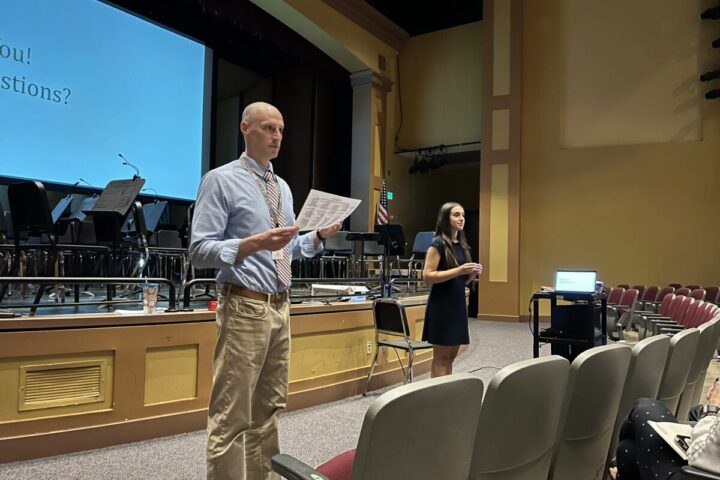
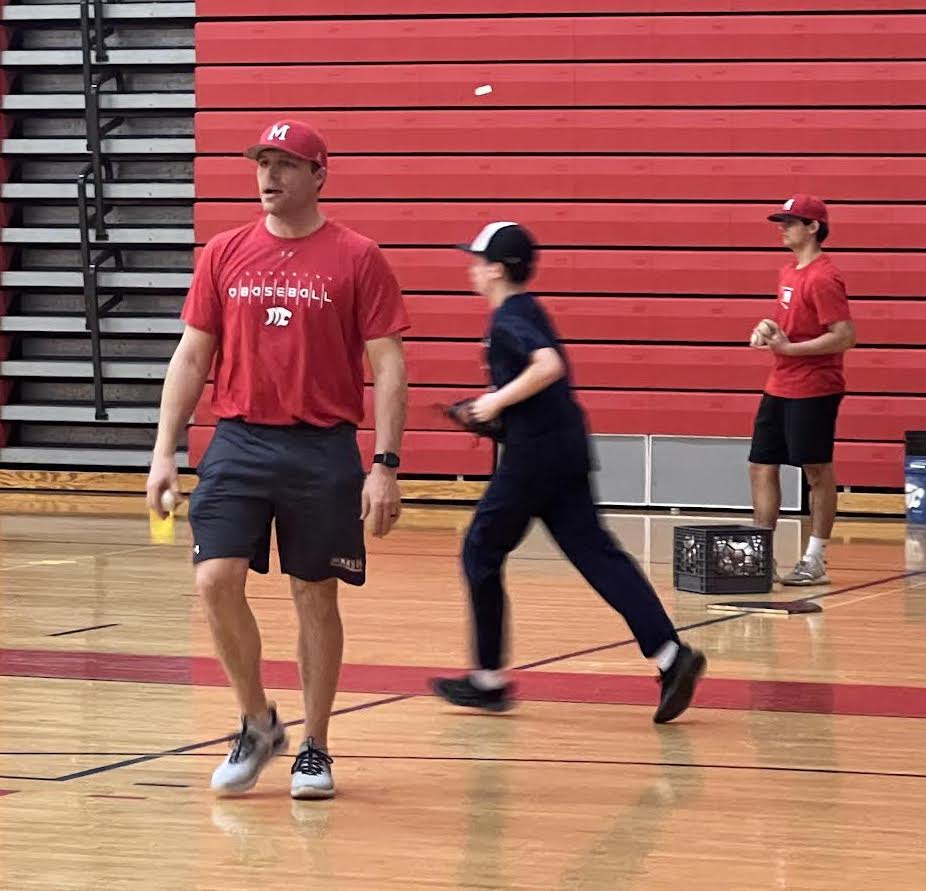
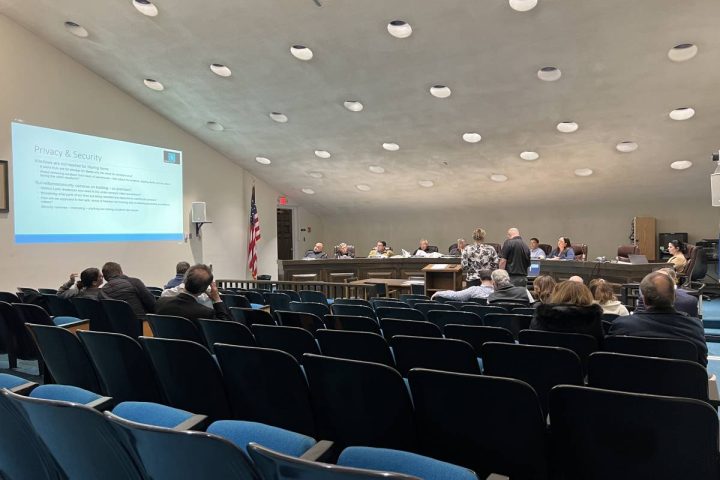

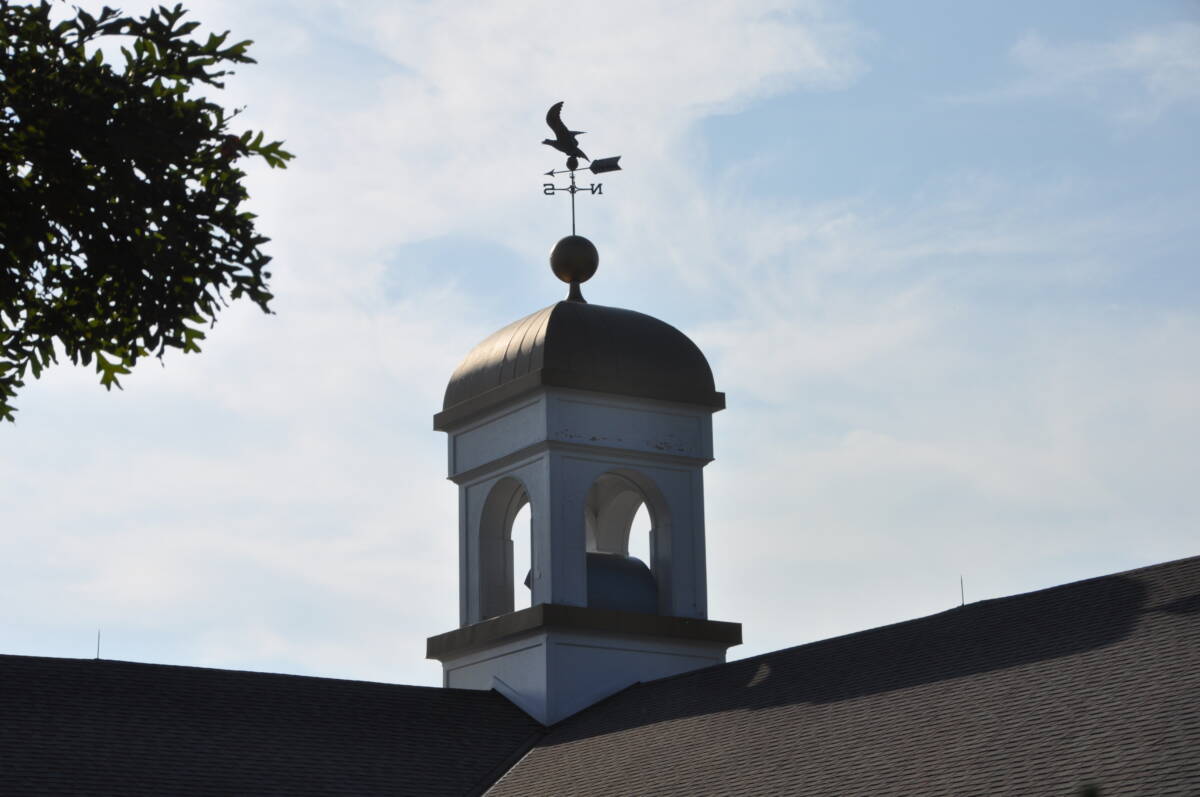
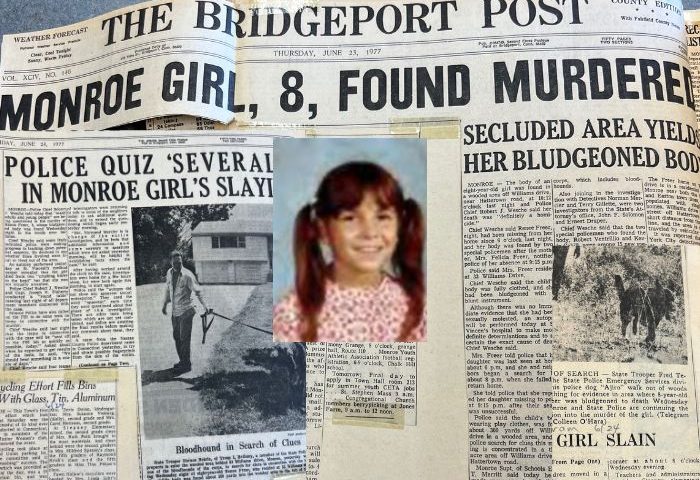

The article about JUAN ESPINOSA is in error. We are NOT Peter Pan here and Pedro Pan in Cuba. It’s the other way around! We are not and 4 to 16, but months of age to 18!
Manuel Gutiérrez, creator and editor of http://www.CampMatecumbeVeterans.com covering all pedropan kids’ information.